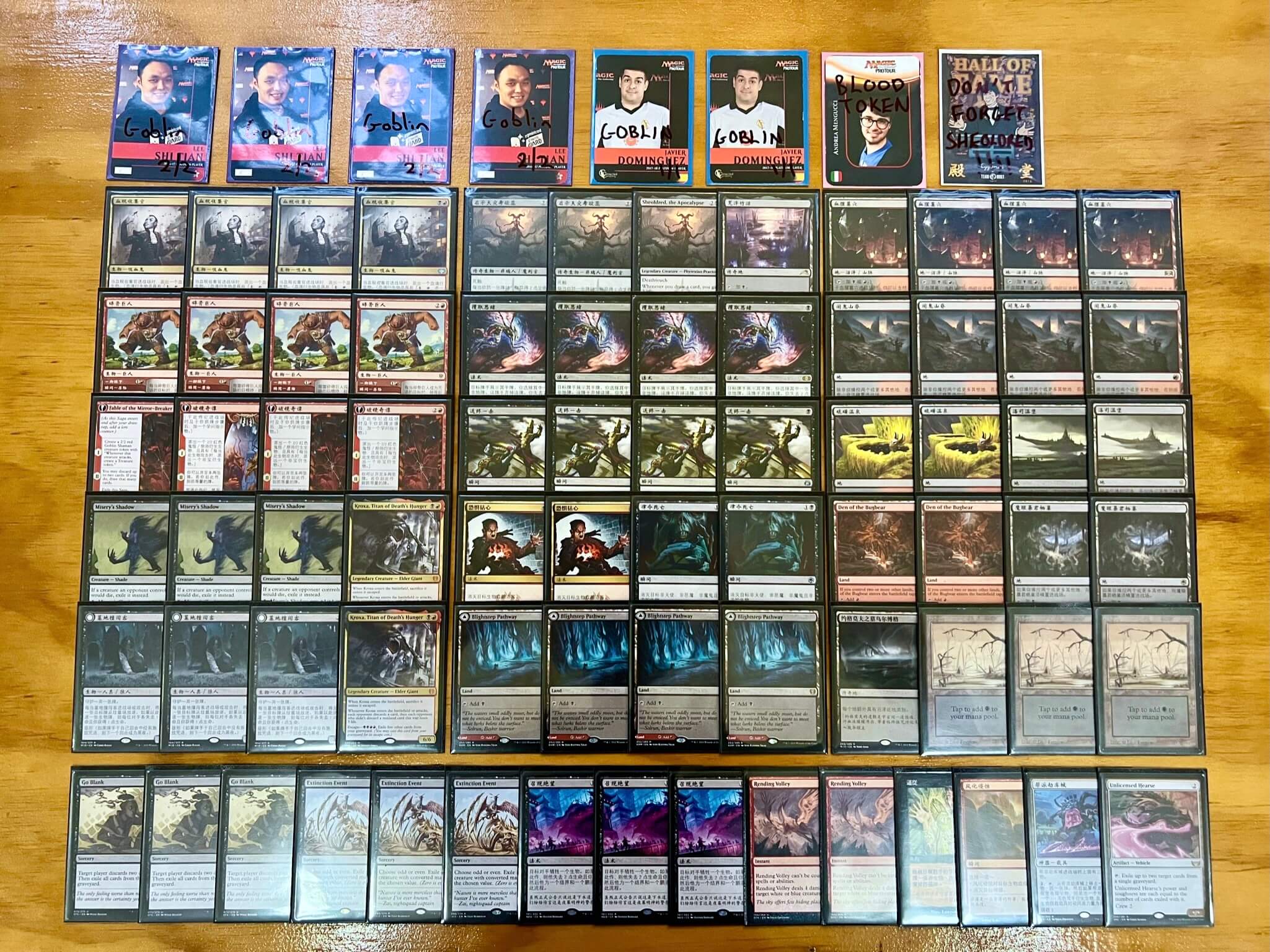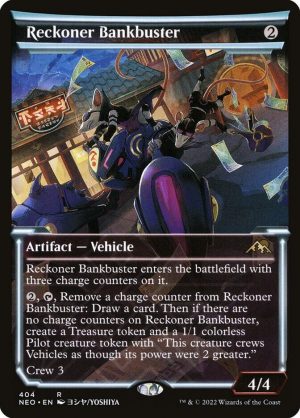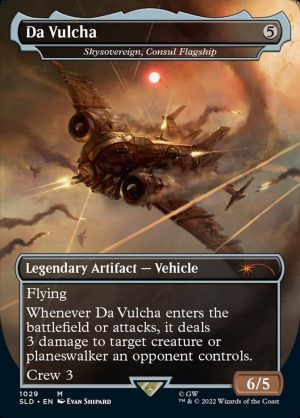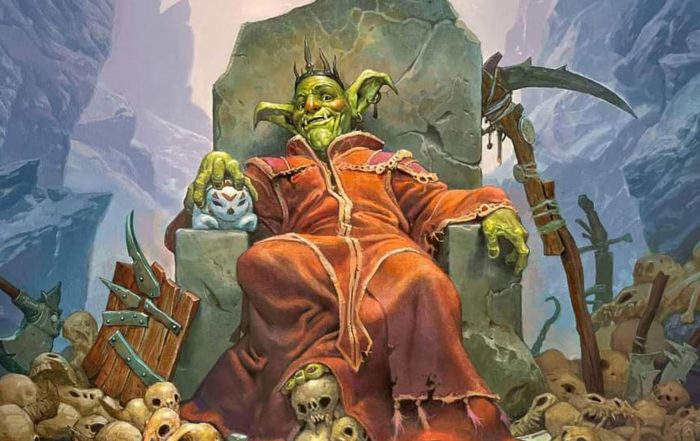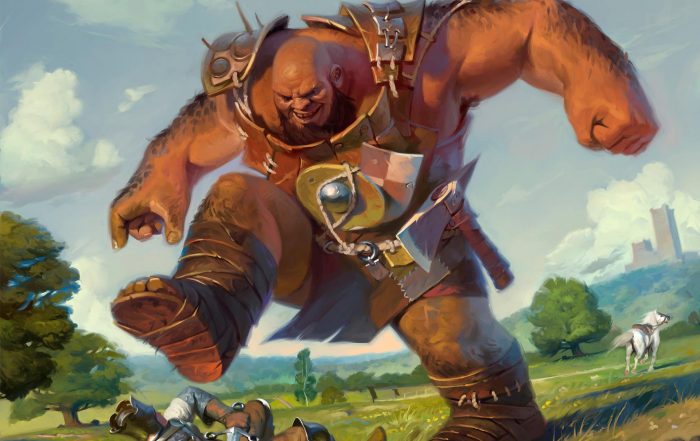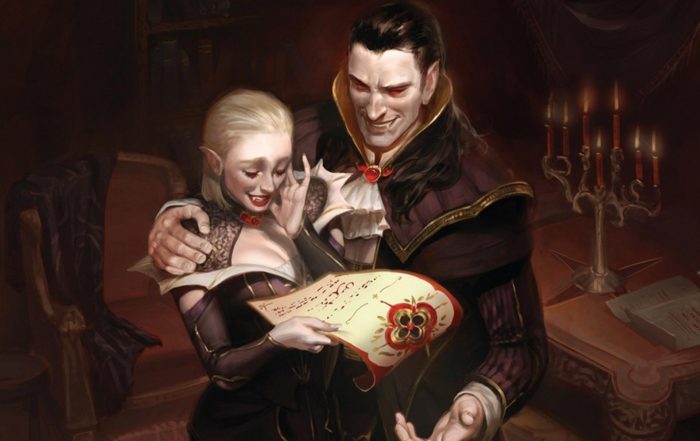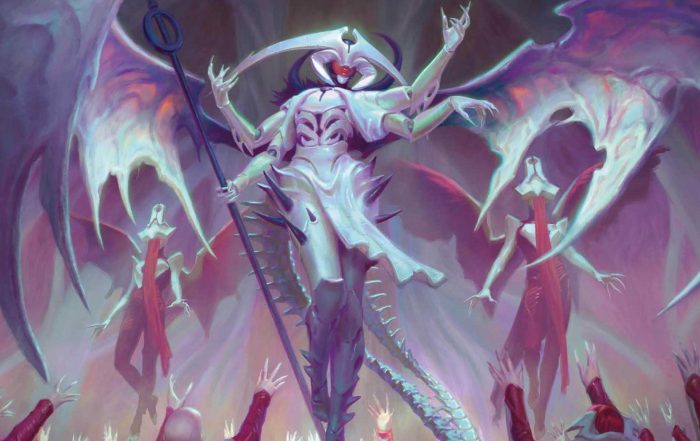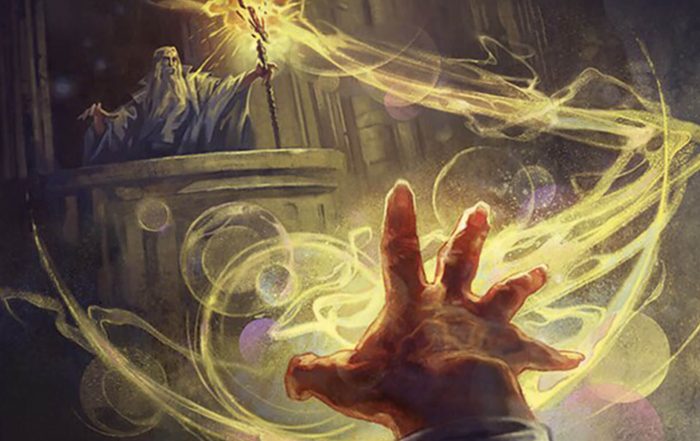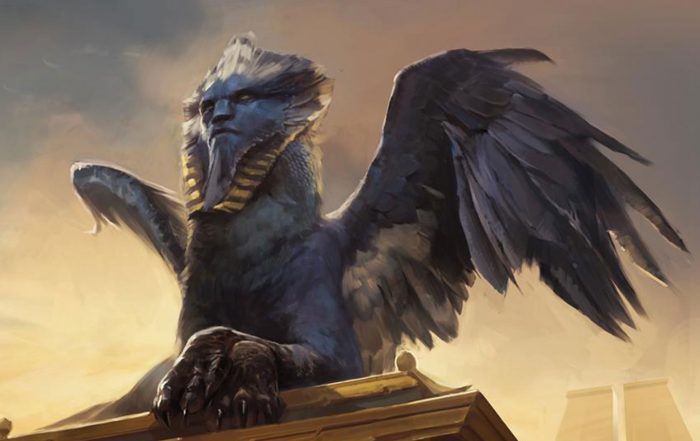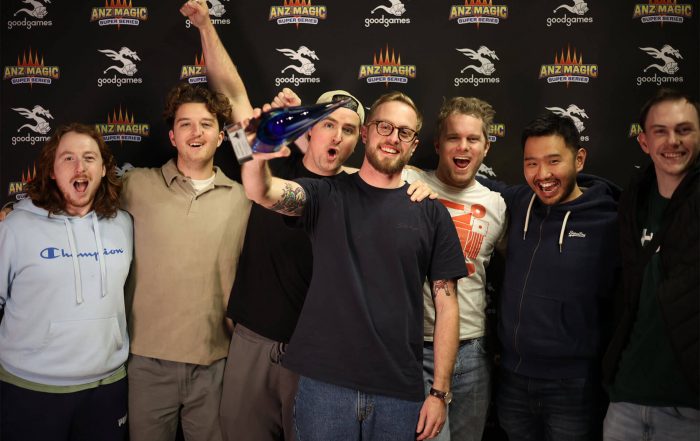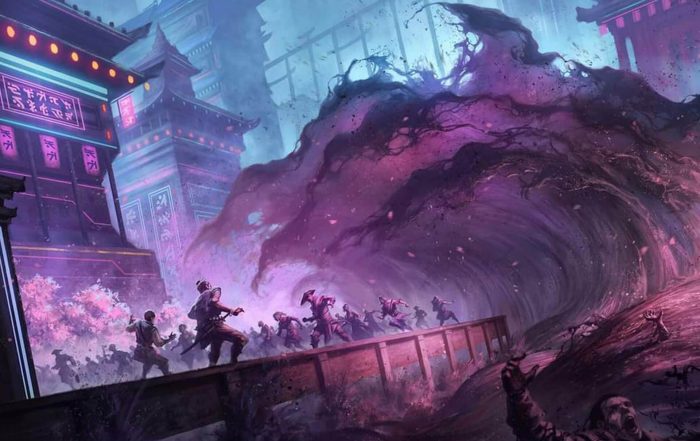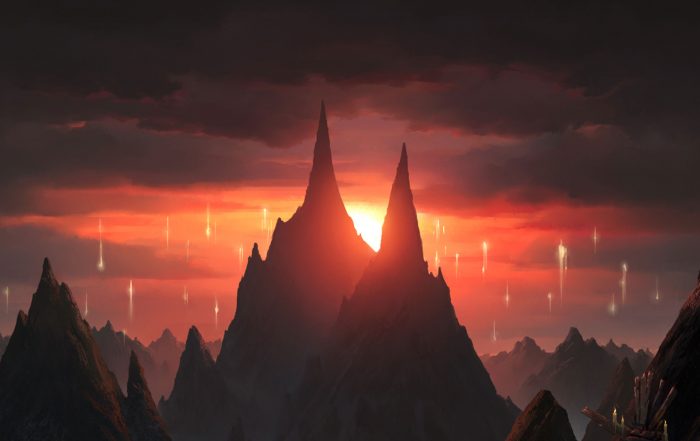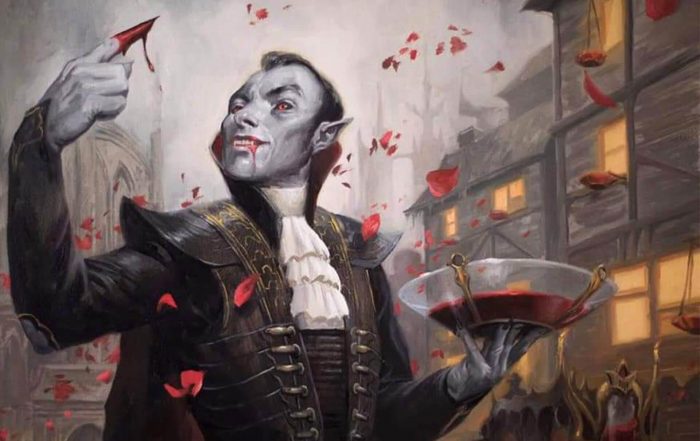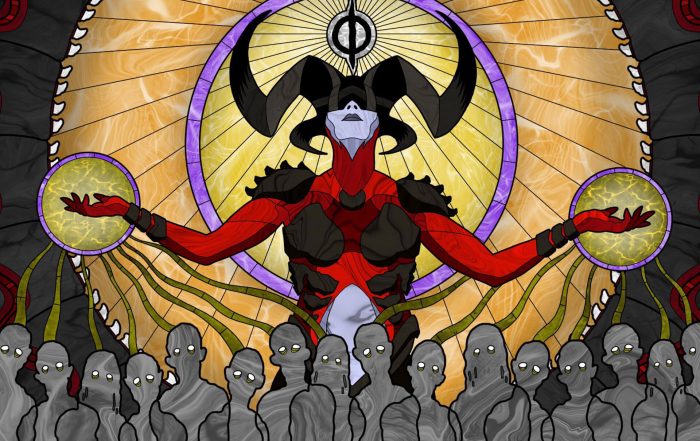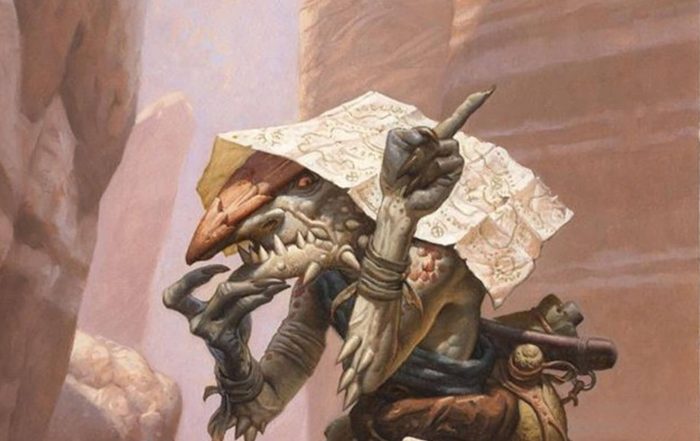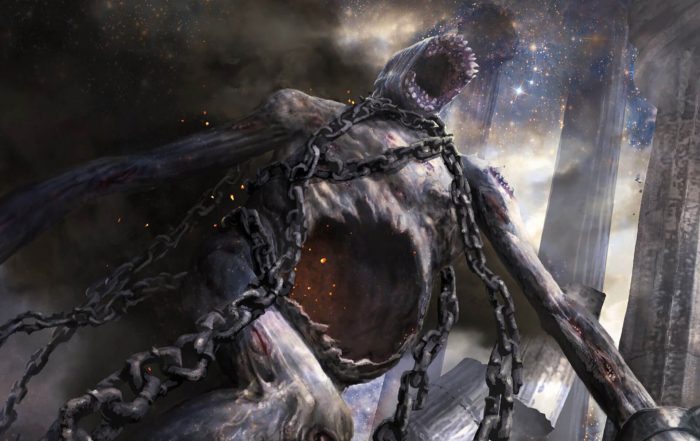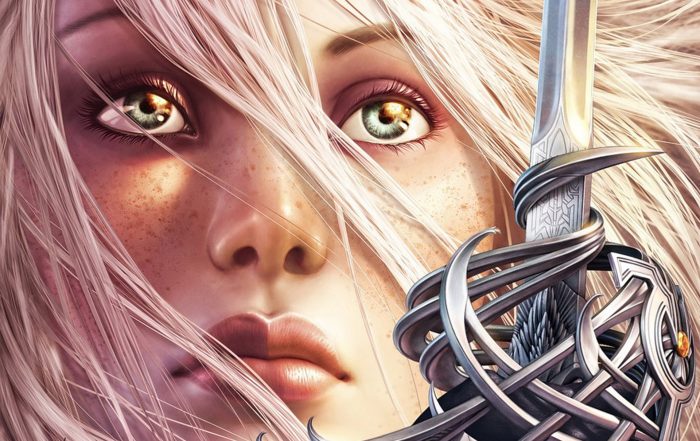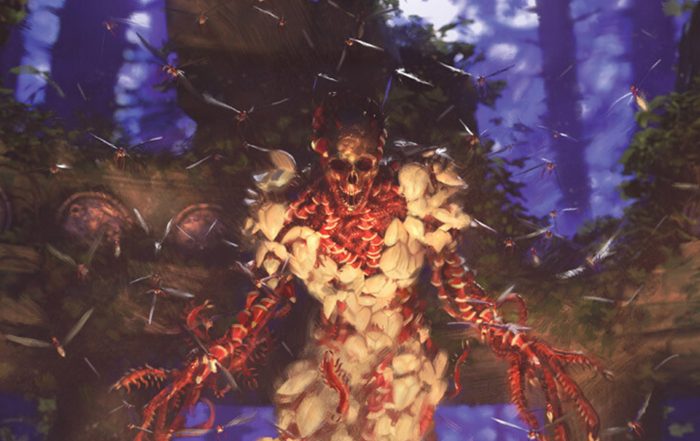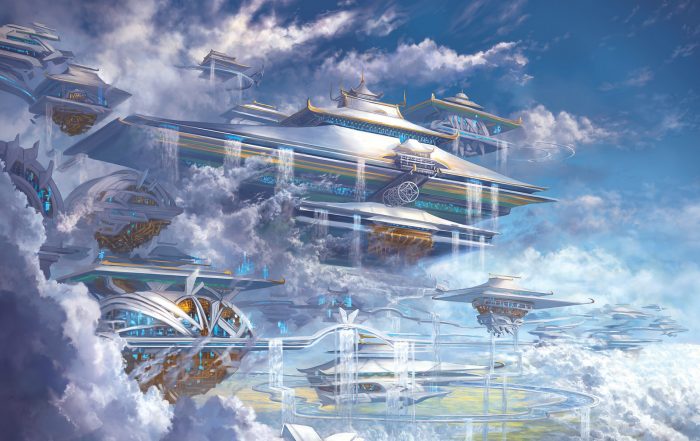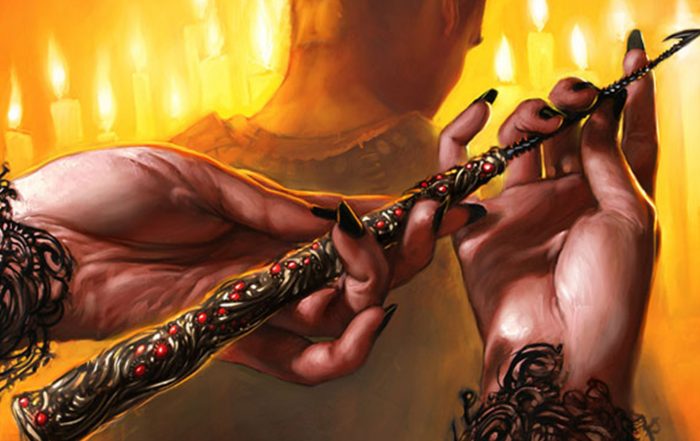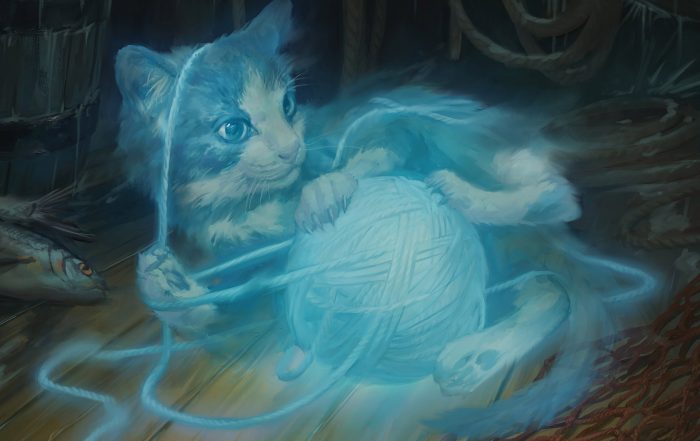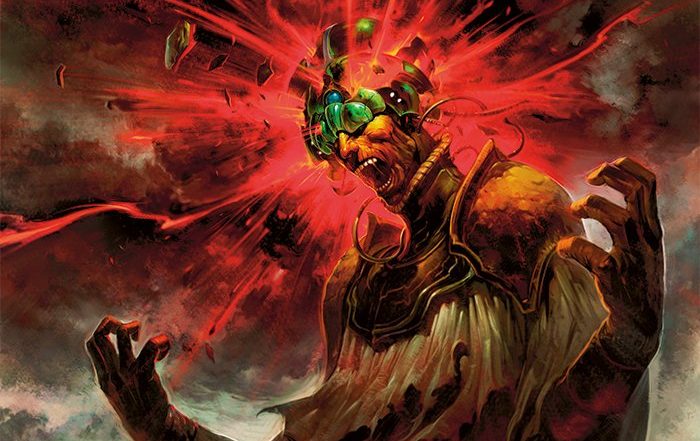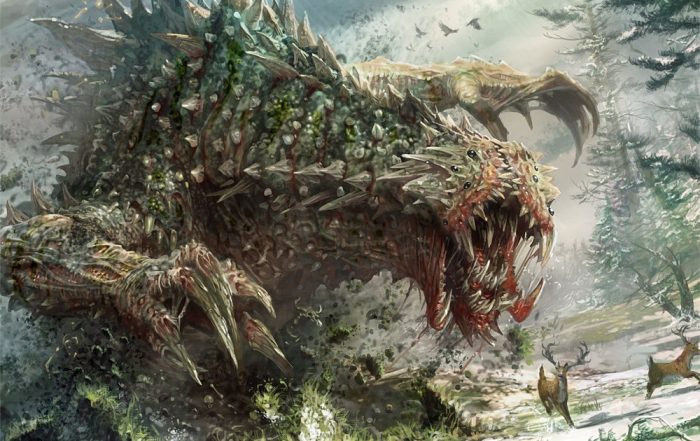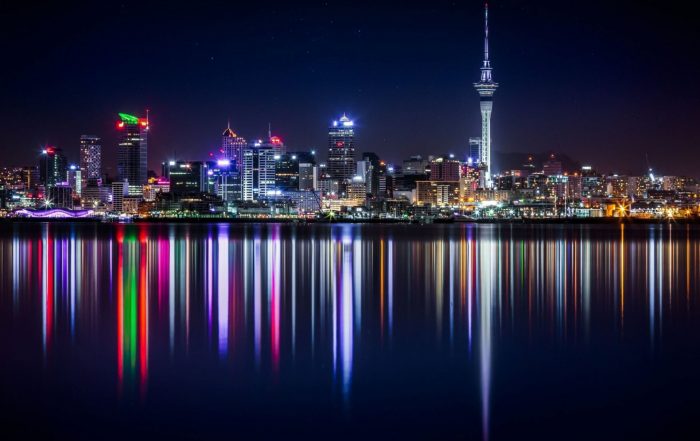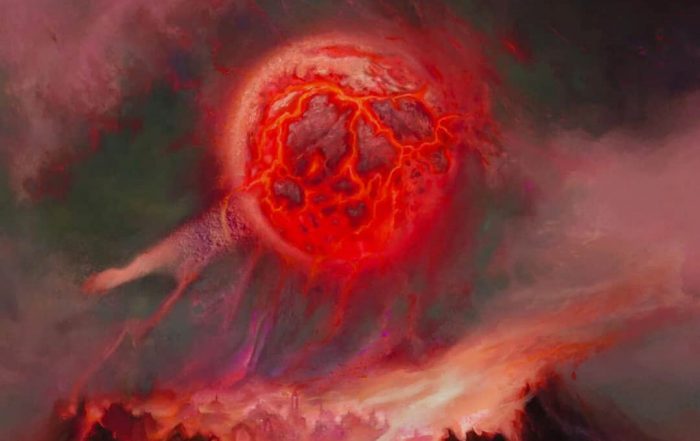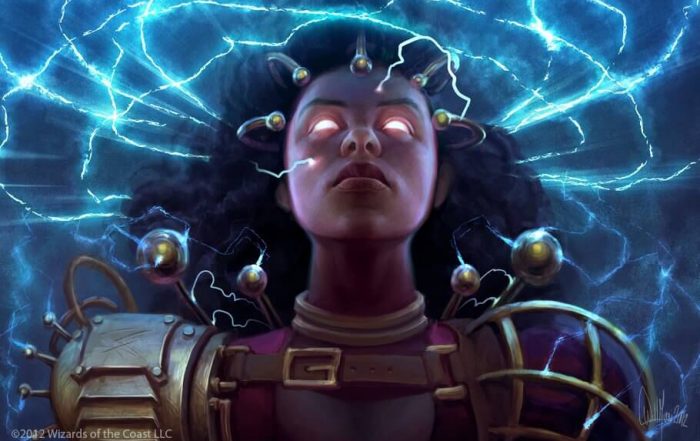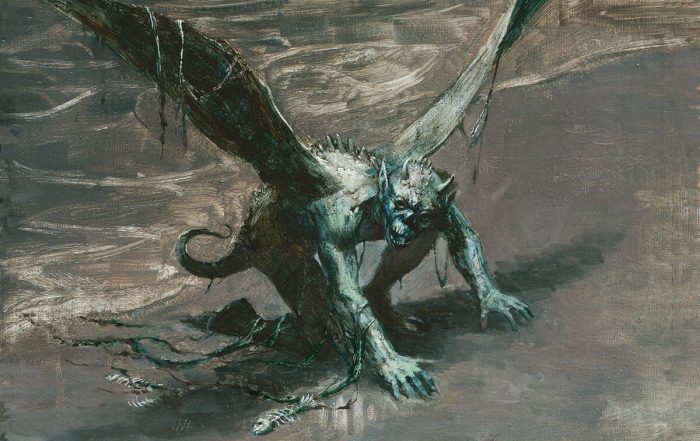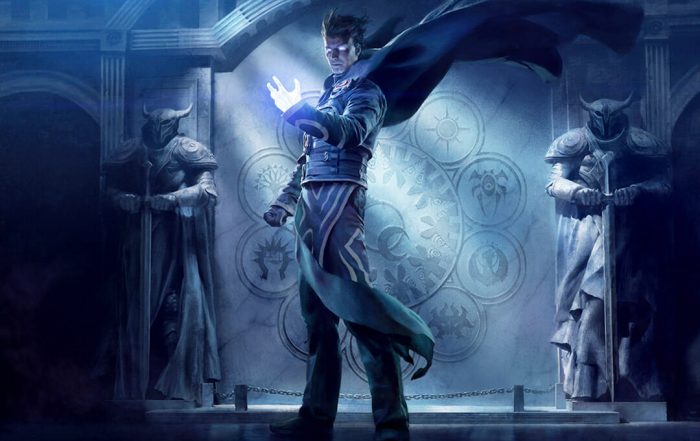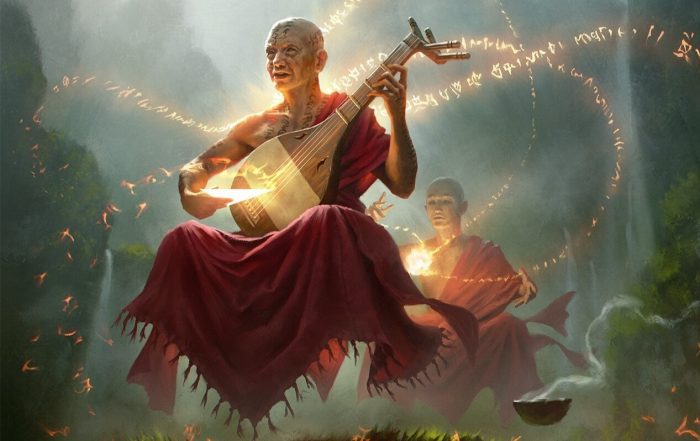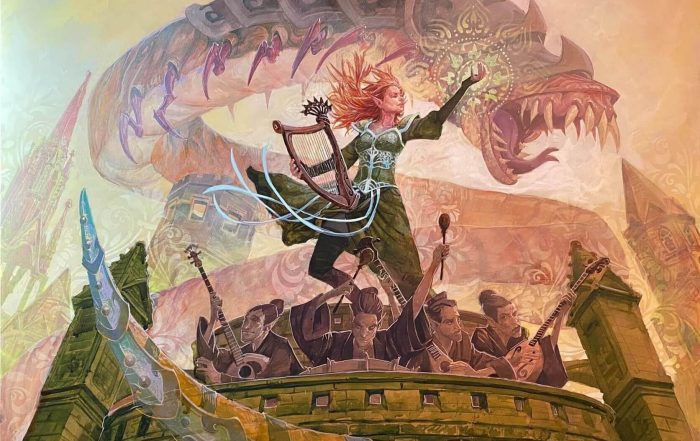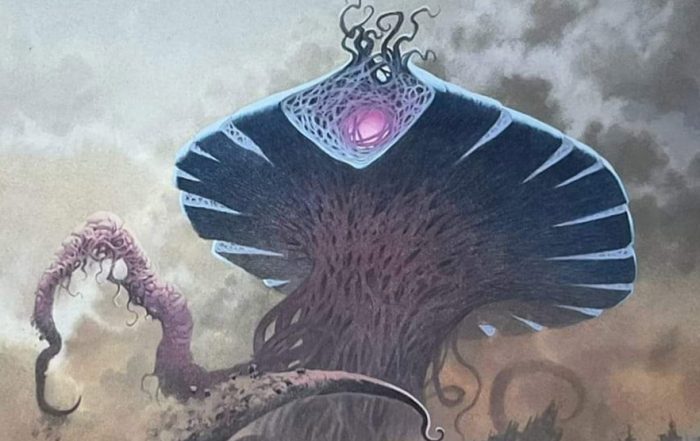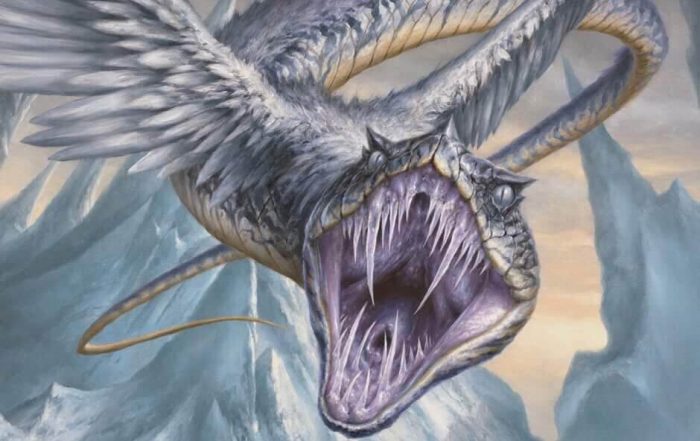Rakdos Midrange in Pioneer
A Guide to One of Pioneer’s Most Powerful Decks
Rakdos Midrange
Author: Zen Takahashi
Hello everyone!
A few weeks ago, I competed in the inaugural Regional Championship in Sydney! I was hoping to write this article sooner, but after the tournament I went straight to Hawaii and New York for vacation, so I haven’t quite had the time to put pen to paper until now!
I was very excited about this event, as it was my first major tournament since competing in Grand Prix Nagoya in early 2020. I ultimately decided to play Rakdos Midrange, which I put up a 4-4 score with. A fairly underwhelming result, but I was extremely happy with my preparation. David Mines, one of my teammates for the event and who played the same 75 as me, ended up coming in second place – just coming short of the World Championships invite.
In this article, I will go over my preparation for the event, why I decided to play Rakdos Midrange and the decklist I submitted. As well as some tips and tricks to play the deck and a sideboard guide against the top decks in the format.

The Team
As mentioned above, since this was the first major tournament in quite some time, I wanted to prepare for it as much as I could. Luckily, a lot of other players felt similarly, and so we decided to try to put together a team of the top Australian and Kiwi players. We ended up putting together quite the roster, with an eleven person team as followed:
- Callum Howes
- Calum Gittins (Previous World Magic Cup competitor)
- Connor McGillivray
- David Mines (Former Gold Pro, Pro Tour 8, Grand Prix Champion, World Magic Cup Top 8)
- Jason Chung (Former Platinum Pro, Pro Tour Top 8, multiple Grand Prix Top 8, World Magic Cup Top 8)
- Michael Russell
- Paul Jackson (Former Gold Pro, Pro Tour Top 8, Grand Prix Champion)
- Slava Sheynin
- Tyler Visser (Multiple Pro Tour appearances)
- William Li
- Zen Takahashi (Me!)
In addition, we also corresponded with Simon Nielsen, Petr Sochurek and Liam Fisher, who were playing in Regional Championships in other parts of the world.
I had worked with a few of the players on the team before – either because they were locally based or we used to test for Pro Tours together, while some I had always wanted to work with but never had the chance to, and others I didn’t know at all prior to preparing for this event together. Although we were all from the same region, we were split over four time zones in Australasia alone, so most of our preparation was on Magic Online with regular discussions over Discord and Zoom.
Overall, I felt like our preparation was phenomenal. Maybe it was because tools like Discord and Zoom weren’t as prevalent pre-COVID, but I honestly felt like our preparation was about as good as, if not better, than the level of preparation we used to have in Team MTG Mint Card back in the day. Everyone’s communication on Discord was excellent, with lively and engaging discussions every day, and the structured weekly catch up calls allowed us to focus on where we were all at and try to pinpoint the key areas we wanted to explore or find answers to. In addition, we also just played so much Magic Online, as we collectively played over 2500 matches in the two months between the release of Dominaria United and the tournament.
Throughout our preparation, we had a goal of trying to get two people qualified for the Pro Tour, with a stretch goal of either getting a third person qualified or one of us taking down the event and qualifying for the World Championships. In the end, we hit our goal as David Mines and Michael Russell qualified, and we just missed out on hitting both of our stretch goals as Calum and Callum both missed out on a Pro Tour invite on tiebreakers, while David Mines heartbreakingly lost the finals. Excluding teammates playing against each other (which happened a lot in later rounds) and draws, we had a final win percentage of 64% (49-28), which I am pretty proud of considering the level of competition at the event.
Why Rakdos Midrange
If you’ve been following my recent articles, you will know that I have been a big fan of the aggro decks in Pioneer, having played and written about Mono Red Aggro, Mono Blue Spirits and Mono White Humans. With all that said though, in the end, I succumbed to playing the boring, midrange deck of the format!
As I discussed in my most recent article about Mono White Humans, I had given up on the other aggro decks because the Rakdos Midrange matchup was just too difficult, and I expected Rakdos to be the most popular deck at the tournament, and definitely be present at the top tables as the event went deeper. Mono White Humans was the aggro deck I was the highest on as I felt that it had a slightly favorable matchup against Rakdos, especially as Rakdos players were starting to shave on Rending Volleys and Hidetsugu Consumes All from their sideboard.
However, this all changed after the Magic Online Championship, where Nathan Steuer and Marcio Carvalho dominated the tournament with Blue-Red Phoenix.
After that, Phoenix became more and more popular, to the point that it had about the same metagame share as Rakdos Midrange and Mono Green Devotion. It then felt like I could not play Humans anymore due to its poor Phoenix matchup, so I gave up on the deck.
Once all the aggro options were exhausted, I just decided to play Rakdos because the rest of the team had worked on the deck so much.
That’s one of the great benefits to being on a team – you can all be focusing on different decks, so that as the deadline looms closer, you can then converge onto the best option without having to start from the beginning.
Since most of the team were already keen on Rakdos from before, and our regular Zoom meetings had us unified on what we liked and what we wanted to try with the deck, I felt very confident about swapping to it. Our team actually played about 1000 matches on Magic Online with the deck over the two months, which I expect would be one of the higher figures from the season.
Our results with the deck in testing were as follows:
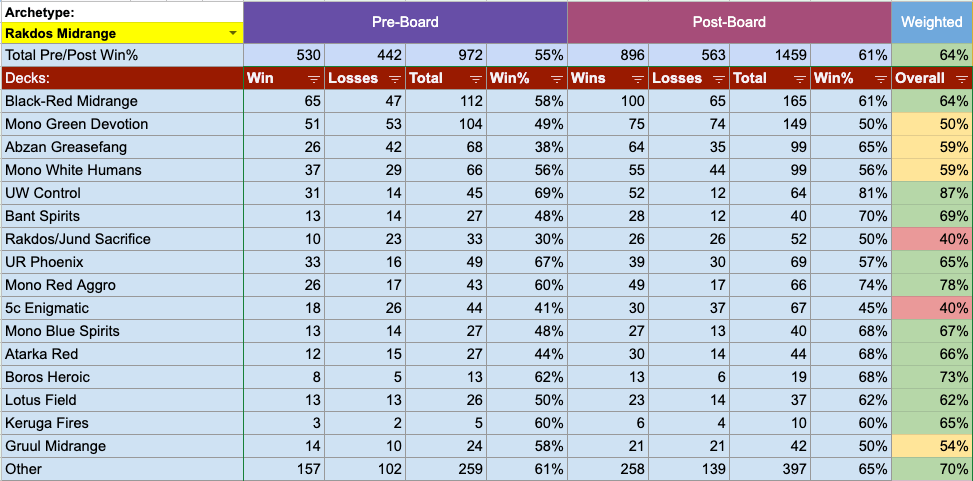
Overview
Eight of us ended up playing Rakdos Midrange, while Callum, Michael and Jason played Mono Blue Spirits, Blue-Red Phoenix and Keruga Fires, respectively. All of us that played Rakdos played the exact same maindeck, with one or two cards different in the sideboard.
Our maindeck was essentially the stock list, with the exception of not playing Sokenzan, Crucible of Defiance, as we needed more black sources to support the three Invoke Despairs. It seemed that everyone basically reached the same conclusions, which makes sense considering how much time there was leading up to the Regional Championships.
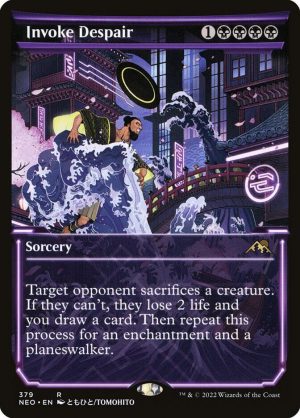
The main differences with our list compared to others’ were the three copies of Invoke Despair and the three copies of Go Blank in the sideboard. We simply found Invoke Despair to be the best card for the mirror matchup.
We extensively tried Reckoner Bankbuster and Skysovereign, Consul Flagship, but the issue we found with the vehicles was that they were great when you were ahead or at parity, but were often not enough if you were behind. On the other hand, Invoke Despair was exactly the card you wanted to draw when you were behind, while still being excellent if you were ahead or at parity.
I believe all of us played three copies of the card, and I believe that this was the most key innovation from our preparation. From our testing, we had a 61% win percentage in the mirror in post-board games, which was largely thanks to this card. I did still play one Reckoner Bankbuster though, as four Invokes would have been too clunky, and I liked having Bankbuster for the Phoenix matchup.
The three copies of Go Blank was because we wanted to respect Blue-Red Phoenix as we expected some top players to pilot the deck, while also finding the card to be decent against Mono Green Devotion. In hindsight, I wish I had played two copies and stuck with two Duress, as Phoenix ended up not being as popular as we initially thought.
Tips and Tricks
The deck is really good at turning the corner and being aggressive. Against slower decks like Keruga Fires or Blue-White Control, you will play the aggressive role from the beginning, but even against creature decks, you will occupy the controlling role for the first few turns of the game, but then often quickly turn the corner and get aggressive to put your opponent on the back foot / put them in a spot where they don’t have the time to draw out of it. A Graveyard Trespasser plus Bonecrusher Giant represents eight damage a turn, so you can easily swing the game around with two attacks.
You generally don’t want to keep two-land hands on the play unless you have a Bloodtithe Harvester to potentially loot with using the blood token. The deck is mana hungry and cannot afford to miss its third land drop. However, you don’t want to mulligan too much as you mostly trade one-for-one so being behind on cards is costly. Luckily, between Harvester and Fable of the Mirror-Breaker, you have a lot of ways to fix your draws later. One of the main exceptions to this rule is against Mono Green Devotion, where you often do need to mulligan aggressively for early interaction.
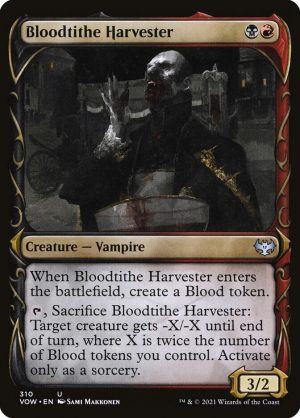


When you mulligan and you’re unsure about what card to put back, I’d generally lean towards holding onto lands. The deck has a lot of mana sinks, and you can use Harvester / Fable to discard excess lands later in the game, but it’s hard to come back if you miss your early land drops.
Be careful of how you sequence your mana, especially with Blightstep Pathway. You generally want at least two red sources, so you can escape Kroxa, Titan of Death’s Hunger and double-cast two red spells. However, in post-board games, you also need to balance that with needing four black sources to cast Invoke Despair. If you’re unsure, I’d prefer to take two damage off Blood Crypt and hold the Pathway, so you can play it once you have more information later about which color you need.
If you have zero or one card in hand, Castle of Locthwain interacts well with Sheoldred, the Apocalypse, as you would gain one life or lose zero life to draw a card, respectively. However, the life loss from the Castle happens before the gain-life trigger from Sheoldred.
If you or your opponent have an Urborg, Tomb of Yawgmoth in play, then always play Blightstep Pathway on the Mountain-side.
You seldom cast Kroxa, Titan of Death’s Hunger on the front side, especially against creature decks. You ideally want to get it into the graveyard by discarding it to a blood token or a Fable. Often you want to try to hide it by discarding it and escaping it back on the same turn. Remember to also not expose it to your opponent’s Graveyard Trespasser or Cemetery Illuminator.



If you have two Reflection of Kiki-Jiki in play, even if one has summoning sickness, on your opponent’s end-step you can make a copy of Kiki-Jiki as many times as you want for one mana each. On your turn, you can then attack with them all, or use your mana to then use the extra Kiki-Jikis to copy a bigger creature like Graveyard Trespasser or Bonecrusher Giant for a bigger attack. If your opponent casts a sorcery speed-removal spell on their turn on one of your Kiki-Jikis, you can create a copy in response. Then on your opponent’s end-step, before the token gets sacrificed, you can use the token (which has haste) to create further Kiki-Jikis to keep the chain going indefinitely with only one real Reflection of Kiki-Jiki in play so long as you have enough mana to keep it going.
Against Blue-Red Phoenix or Abzan Greasefang, you can use Reflection of Kiki-Jiki to make a copy of Graveyard Trespasser at instant-speed to exile an Arclight Phoenix or a vehicle.
If you and your opponent both control a Sheoldred, the Apocalypse, then the active player’s trigger goes on the stack first, hence resolving last. So if you are on two life, then you will die on your draw-step.
Some ways to trigger revolt for Fatal Push include treasure tokens, blood tokens, flipping Fable of the Mirror-Breaker, casting the front side of Kroxa, Titan of Death’s Hunger and sacrificing Bloodtithe Harvester. Against Sheoldred, the Apocalypse, you can sacrifice a blood token to trigger revolt for Fatal Push and kill the Sheoldred before you draw off the token.
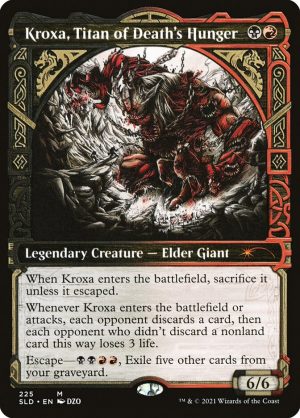
Sideboard Guide
Below is how I would sideboard against the top ten most popular decks in the format right now.
Matchup Guide: Rakdos Midrange (Mirror)

If your opponent has multiple five-drops like Invoke Despair and/or Skysovereign, Consul Flagship, then board out all copies of Misery’s Shadow and keep in two Thoughtseize.
Matchup Guide: Mono Green Devotion
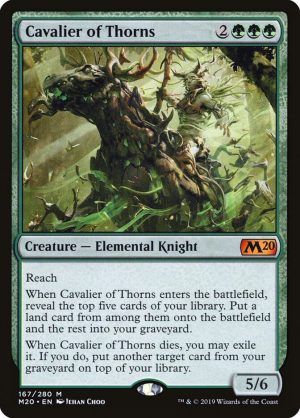
Matchup Guide: Blue-Red Phoenix
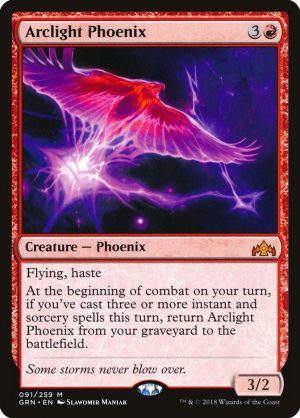
If they do not play Young Pyromancer, then board out all copies of Bonecrusher Giant and keep in Bloodtithe Harvester in on the draw and bring in one or two copies of Rending Volley instead.
Matchup Guide: Mono White Humans
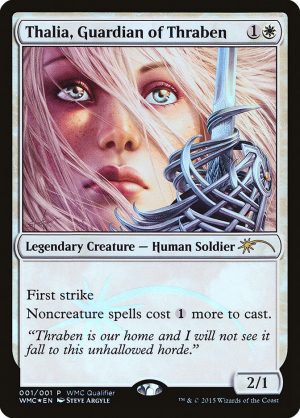
Matchup Guide: Blue-White Control
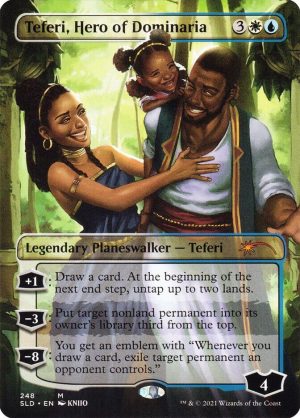
Matchup Guide: Keruga Fires
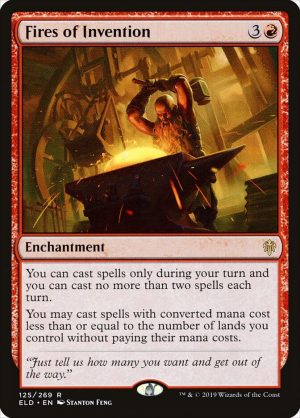
Matchup Guide: Mono Blue Spirits
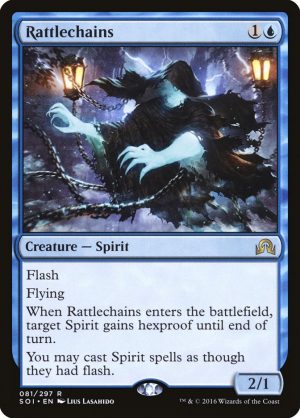
Matchup Guide: Abzan Greasefang
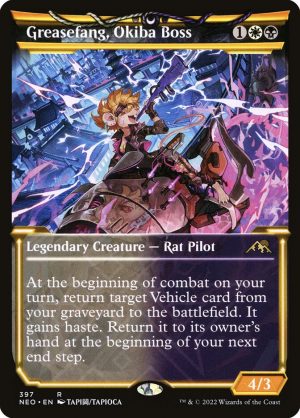
Conclusion
I hope you enjoyed this article, as I covered in depth my preparation for the event, why I decided to play Rakdos Midrange for the inaugural Regional Championships, the decklist I submitted, tips and tricks on playing the deck and how to sideboard against the top decks of the format!
After this intense period of playing Magic nearly every day to prepare for the tournament, I plan to take a break for a few weeks before starting preparations for the next Regional Championships, which will be in Melbourne on the first weekend of March. Since nearly everyone on our team has qualified for the next one as well, I am excited to work with the same group again, as well as helping David and Michael prepare for the upcoming Pro Tour!
Till next time!
Zen Takahashi
@mtgzen on Twitter
About the Author
Zen Takahashi is a seasoned writer and mainstay on the Three for One Trading writing team. He is an avid Eternal player from Auckland, New Zealand and enjoys competing in local Legacy events and playing Old School over webcam with friends.
Previously, he was a Silver Pro for multiple years and his results included five Grand Prix Top 8s, a 27th place at Pro Tour Amonkhet, three consecutive online Regional PTQ wins, and he co-created the Modern Dredge deck.
Nowadays though, he primarily plays Legacy, his favorite format, but he also branches out into Pioneer and Modern.

More Articles by Zen Takahashi
AUS/NZ Regional Championship Report – Top 8
Zen qualified for the Pro Tour with Bant Toxic at the Australian/New Zealand Regional Championship! Now here’s all about his tournament experience, the preparation, the team and the many, many deck choices available.
Bant Toxic Guide
Learn all about Bant Toxic in Standard with Zen: The game plan, what hands to keep, how to sequence your turns, tips and tricks, and how to approach each of the major matchups.
Mono Red in Standard
The perfect preparation for our next Store Championship! Zen gives you all the information you need to win in Standard with Mono Red Aggro. As usual he gives you a small run down of the deck together with a lot of different sideboard guides against almost every meta deck of the format.
Rakdos Midrange in Pioneer [Update]
Mistakes have been made and lessons have been learned, so it’s time for an update on Zen’s Rakdos Midrange deck in Pioneer. This time with a very detailed matchup guide on the current Pioneer Meta with sideboard options for each popular deck you’ll encounter.
World Championships 2023 Report
Zen Takahashi is back with a full report of his time during the Magic: The Gathering World Championships 2023 in Las Vegas! Learn everything about his intense preparations, his great team, his tight schedule and tasty dinners.
Rakdos Reanimator Guide [2023]
Zen Takahashi played Rakdos Reanimator at the Magic: The Gathering World Championships in Las Vegas! In his latest article, he goes in-depth about how to play the deck, what to look out for in popular matchups and explains how to make best use of The Cruelty of Gix.
The Lord of the Rings Pro Tour Report
Zen Takahashi is back with another tournament report! This time it's all about Lord of the Rings in Barcelona. In this detailed article, he goes over his draft preparations and the overall fantastic weekend with his team and friends.
Modern Living End Primer
Zen Takahashi played Living End during the Lord of the Rings Pro Tour in Barcelona. Now he's ready to share some insights on this powerful Modern deck including the card choices, what hands to keep and how to sideboard against different opponents.
Regional Championship Report – Sydney
Zen Takahashi played Mono White Humans in Pioneer during the Regional Championships in Sydney! Find out all about what deck he played, what useful tips and tricks he had up his sleeves and how it all went down in his latest article! Bonus insider info on where to get the best truffle pasta in Sydney!
Pro Tour March of the Machine Tournament Report
Zen Takahashi writes about his experience during the Pro Tour in Minneapolis! Here you can read all about what deck he played, his preparation and a full report on the Pro Tour weekend with his team.
Rakdos in Standard
Our author Zen Takahashi competed at the Pro Tour in Minneapolis, shortly before re-qualifying for another Pro Tour. Both times he played Rakdos: Reanimator and Midrange! In his latest article, he compares both experiences and goes over each of the two decks in detail.
Standard Grixis Midrange Primer
Zen won the Australasian Championship with his Standard Grixis Midrange deck a few days ago. Lucky for us, he didn't take a break and wrote an in-depth primer for the deck including sideboard tips and card choices for us! Prepare yourself for future Regional Championships or Qualifiers, because you'll be either playing this deck or playing against it.
Australasian Regional Championships Report
Zen Takahashi won the Australasian Championship and qualified for the Pro Tour and the World Championship! Now we are getting an in-depth look into how he prepared for the tournament and how the games played out in an old-fashioned tournament report.
Boros Burn in Modern
Our author Zen Takahashi is feeling nostalgic, so it was time for a break from Pioneer and time for Modern Burn, Modern Boros Burn, to be precise! As usual Zen gives you a detailed overview of the deck, nice tips and tricks on how to maneuver it around the Modern meta decks and a useful sideboarding options, based on his experience.
Rakdos Midrange in Pioneer
Zen Takahashi is not done with Pioneer yet! For the Regional Championschip in Sydney, he and his team of over 10 other players tested different decks extensively until they came up with their own twist on the popular Rakdos Midrange deck.
Mono White Humans in Pioneer
Zen Takahashi takes a closer look at his newest favorite deck in Pioneer: Mono White Humans! As usual, you can expect in-depth tips and tricks as well as a sideboard guide from Zen, who was already very successful with his Pioneer decks in his Regional Championship Qualifiers.
Best Cards in Modern – Multicolor [2022]
We asked our seasoned team of authors a tough question: What do they think are the best ten multicolored cards in Magic the Gathering's Modern format. We then went a step further and created a Top 5. Learn what they think about the very best cards of one of the game's most popular formats.
Best Cards in Modern – Lands [2022]
We asked our seasoned team of authors a tough question: What do they think are the best ten lands in Magic the Gathering's Modern format. We then went a step further and created a Top 5. Learn what they think about the very best cards of one of the game's most popular formats.
Best Cards in Modern – Artifacts [2022]
We asked our seasoned team of authors a tough question: What do they think are the best ten artifacts in Magic the Gathering's Modern format. We then went a step further and created a Top 5. Learn what they think about the very best cards of one of the game's most popular formats.
Mono Red Primer for Pioneer
This time, Zen Takahashi writes in depth about his Regional Championship Qualifier Deck: Mono Red in Pioneer! That means we get a Primer for Mono Red Burn and Mono Red Frenzy. He also doesn't spare any details about key matchups in Pioneer and helps you to play your way around them!
Mono Blue Spirits in Pioneer
Zen Takahashi can't get enough of Pioneer, which means we have another great Pioneer Primer for you: Mono Blue Spirits! Read all about mulligans, sideboarding and most importantly: How to sequence your turns.
Best Cards in Modern – White [2022]
We asked our seasoned team of authors a tough question: What do they think are the best ten white cards in Magic the Gathering's Modern format. We then went a step further and created a Top 5. Learn what they think about the very best cards of one of the game's most popular formats.
How to Build Mono Red in Pioneer
After the success of his Blue-Red Ensoul article, Zen is back with another Pioneer primer: Mono Red! In his latest work, he excessively tested Devotion, Wizard and Burn decks. You can find all his discoveries and recommendations right here:
Legacy Reanimator 2022
If you are looking for a Reanimator Primer in Legacy, look no further! In his article, Zen Takahashi gives you everything you need to know about Reanimator: Which hands to keep? What are your opponents playing? How to sideboard? All these questions and more will be answered right here.
Blue-Red Ensoul in Pioneer
After a longer break, our author Zen Takahashi is excited to get back into Pioneer and crush the first PTQ season with his version of Izzet Ensoul. You can read all about the new and old decklist as well as mulligan strategies and other tips right here!
Best Cards in Modern – Green [2022]
We asked our seasoned team of authors a tough question: What do they think are the best ten green cards in Magic the Gathering's Modern format. We then went a step further and created a Top 5. Learn what they think about the very best cards of one of the game's most popular formats.
Auckland Eternal Weekend Report
Our author, Zen Takahashi, spent an Eternal Weekend in Auckland where he played tournaments of Vintage, Old School and Legacy. Real Power Nine, no proxies allowed! You can read all about what decks he played and how it went right here on our blog!
Best Cards in Modern – Red [2022]
We asked our seasoned team of authors a tough question: What do they think are the best ten red cards in Magic the Gathering's Modern format. We then went a step further and created a Top 5. Learn what they think about the very best cards of one of the game's most popular formats.
Top Ten Decks in Legacy 2022
In our latest article, Zen Takahashi analyses the best Legacy decks and comes up with his Top 10 Legacy decks of 2022. If you are curious to find out if your deck made the cut, or simply interested in what's going on in Legacy these days, keep on reading right here!
Best Cards in Modern – Black [2022]
We asked our seasoned team of authors a tough question: What do they think are the best ten black cards in Magic the Gathering's Modern format. We then went a step further and created a top 5. Learn what they think about the very best cards of one of the game's most popular formats.
Rainbow Dredge in Modern
Today’s article is all about Dredge in Magic: The Gathering, more specifically, Dredge in Modern. Zen Takahashi, one of the creators of Rainbow Dredge, took a look at the history of the deck and its current state in the meta. He’s also going over different iterations of the deck, as well as all the current sideboard options available.
Best Cards in Modern – Blue [2022]
We asked our seasoned team of authors a tough question: What do they think are the best ten blue cards in Magic the Gathering's Modern format. We then went a step further and created a top 5. Learn what they think about the very best cards of one of the game's most popular formats.
Blue Zenith in Legacy
Zen takes a look at a new deck that did surprisingly well in recent Legacy online events. Green Sun's Zenith and blue Counterspells are the engine in this midrange powerhouse.
Deck Spotlight Modern: Golgari Yawgmoth
Zen takes us to a wonderful world full of creatures, combos and one ofs in the Magic the Gathering Modern format. Chord of Calling is the name of the game. Let's go!
Deck Spotlight Legacy: UW Omni-Tell
Zen talks about one of his favorite decks for paper Legacy: Blue-White Show and Tell Omniscience combo. The best thing about it: It does not need a single card from the restriced list!
Bant Miracles in Post-Modern Horizons 2 Legacy
Zen Takahashi shares his thoughts about his favorite Legacy Deck – Bant Miracles in a Post-Modern Horizons 2 world. He explains which cards he added from the new set and how matchups have changed.
